
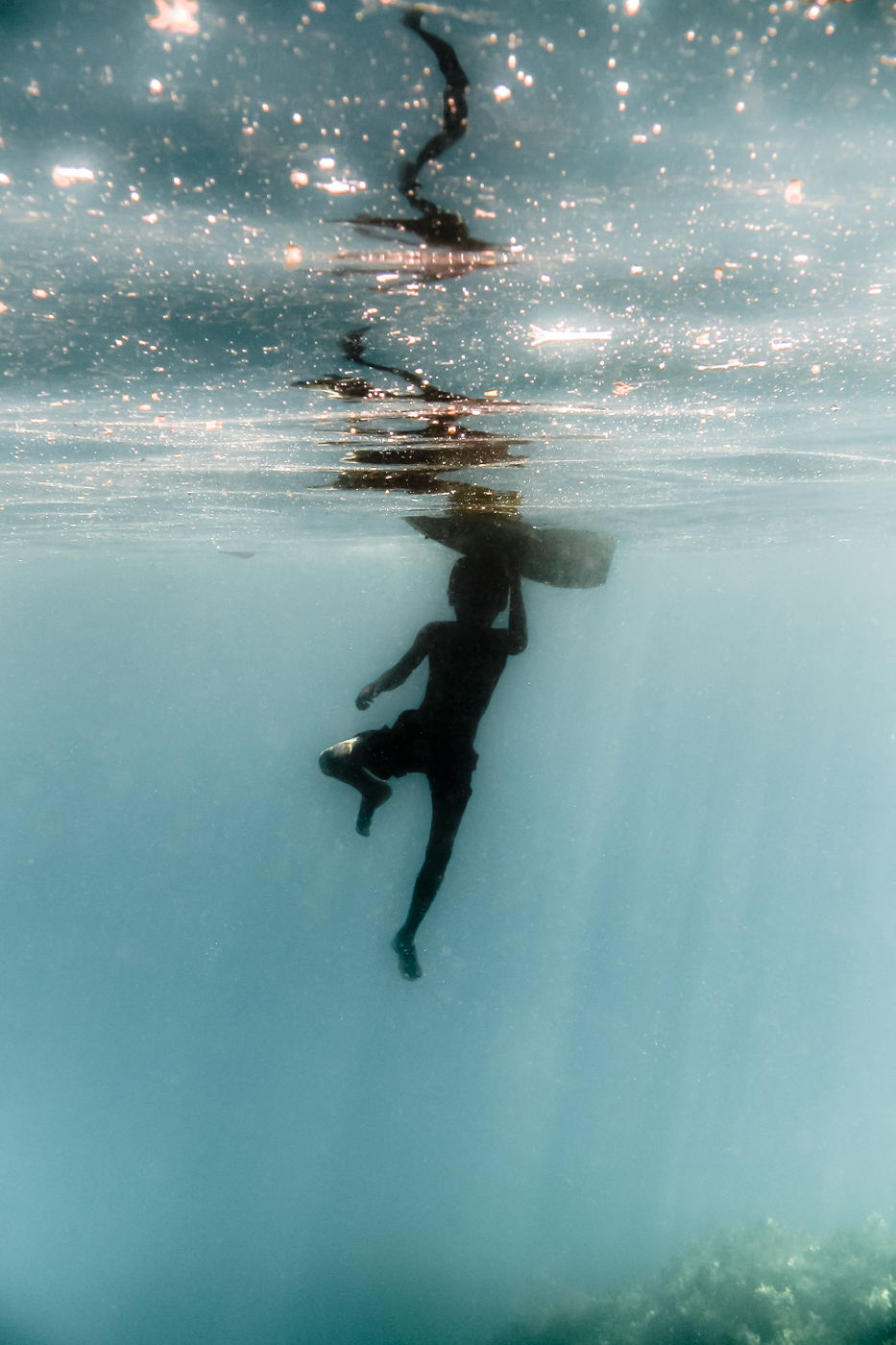
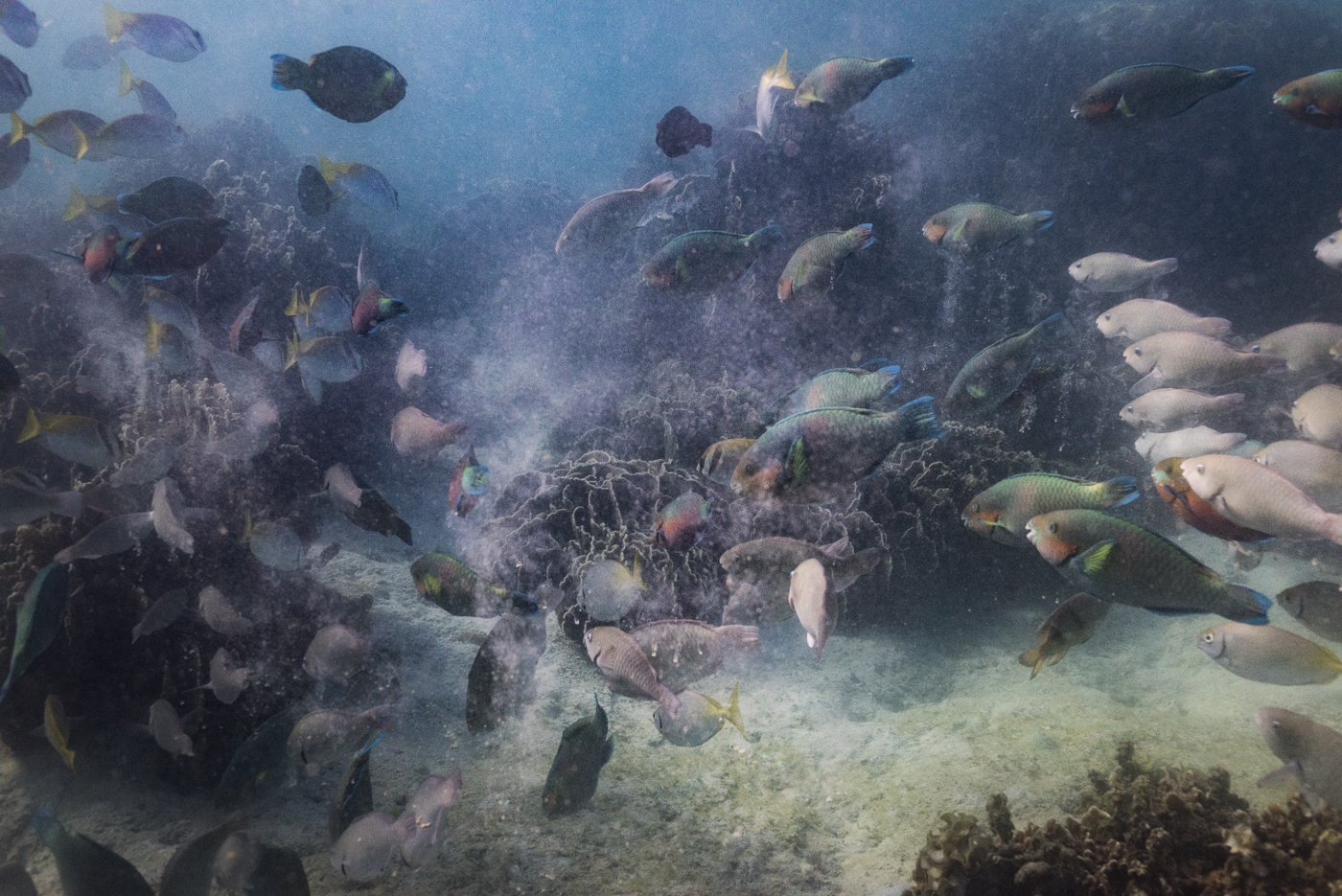
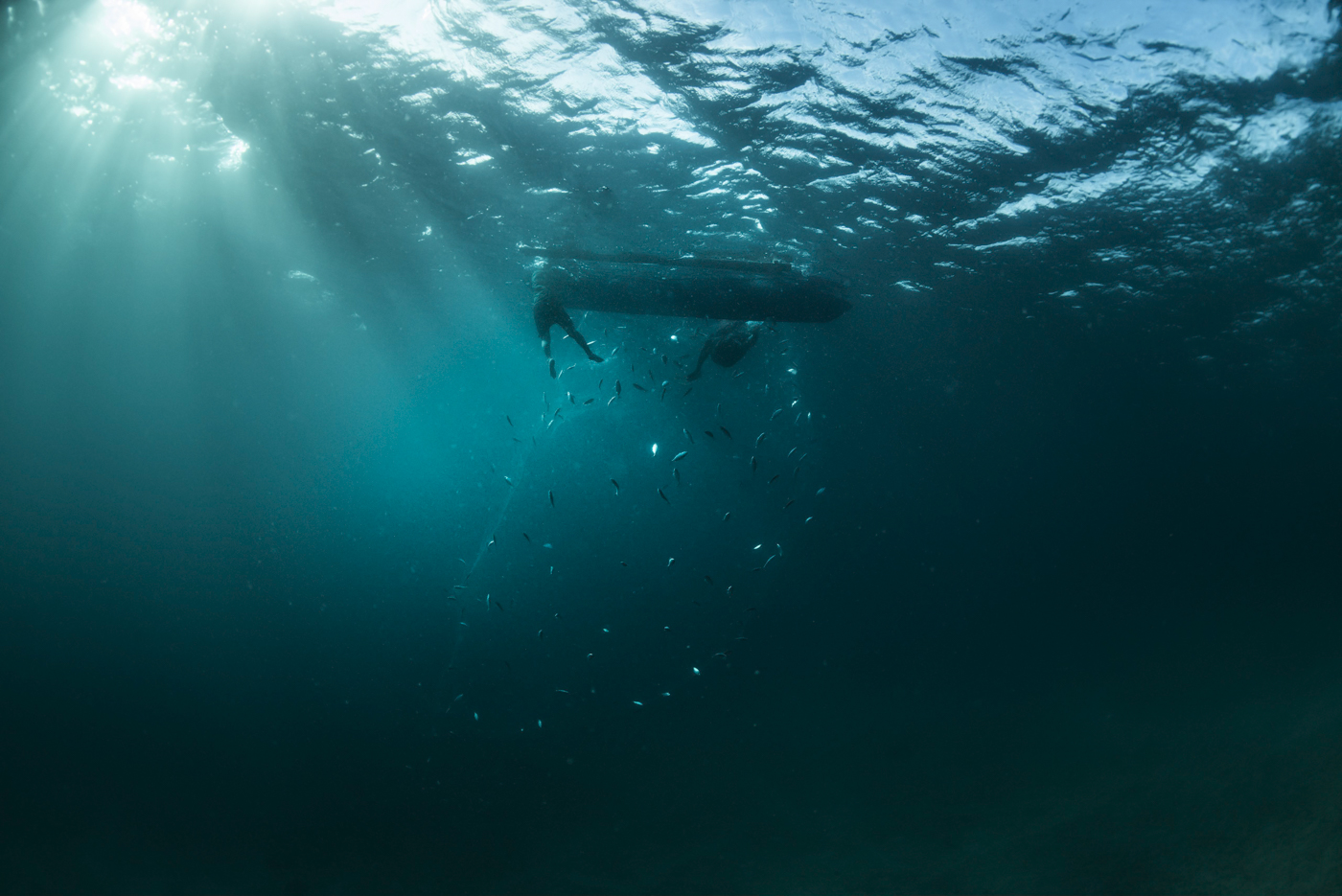
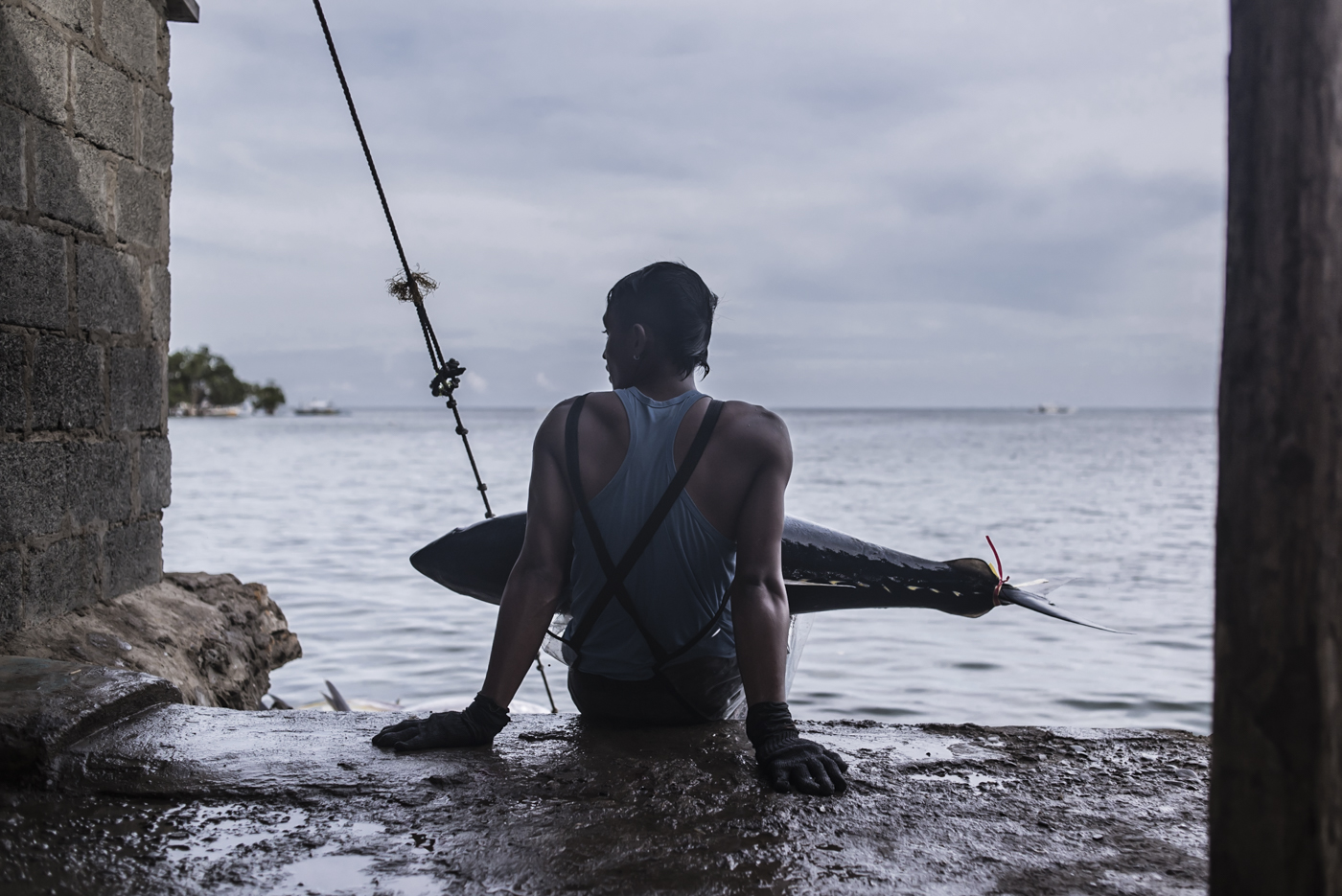
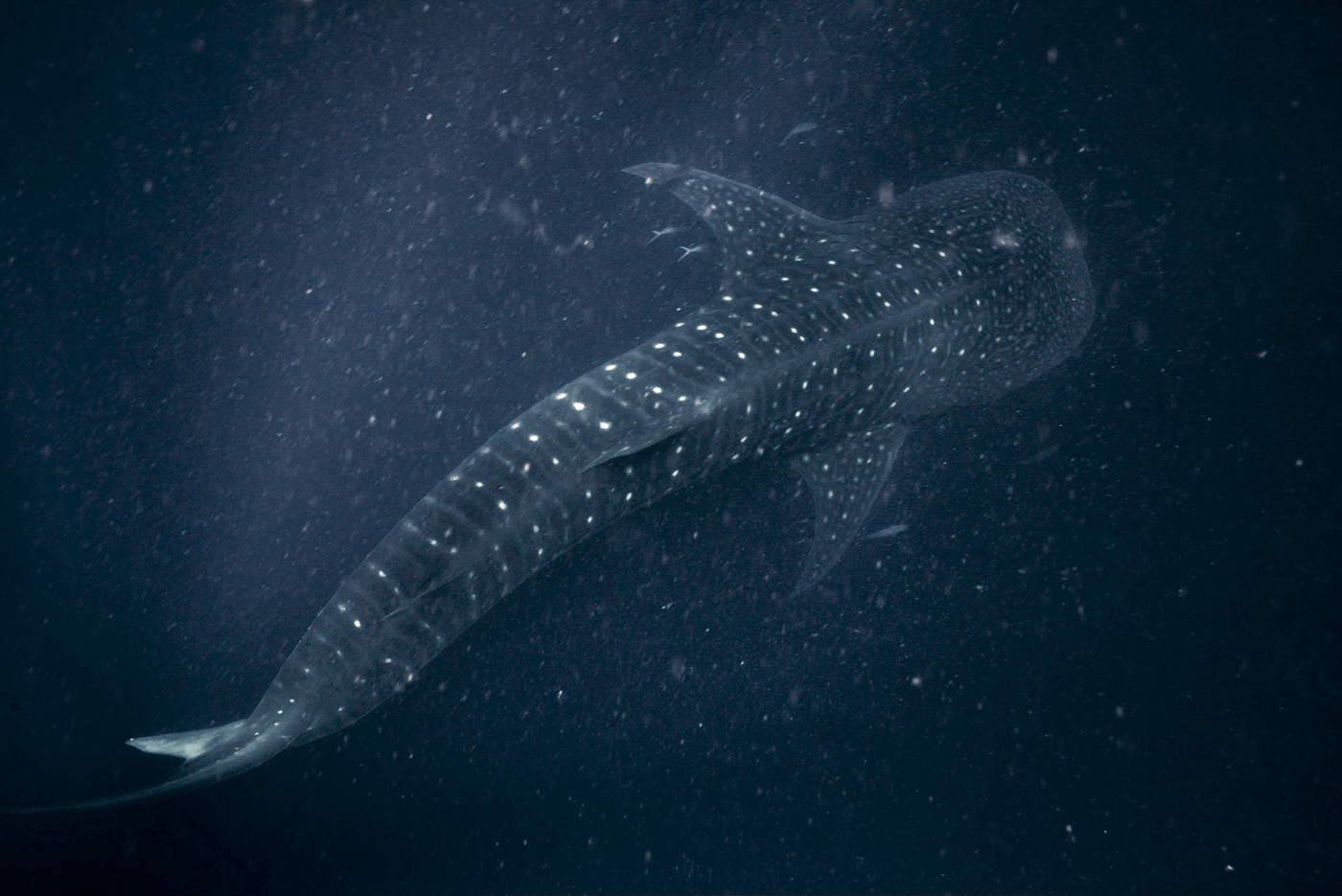

Artist's Statement
Katherine Jack
Palawan Seas is a long-term photographic project exploring changing relationships between humankind and the ocean.
Jacques Cousteau called Palawan the last refuge – a remote archipelago of 1,780 islands in the far western Philippines. It lies at the heart of the Coral Triangle, a critically important bioregion with the highest marine biodiversity on our planet. In 1990 Palawan was named a UNESCO Biosphere Reserve, a model and a microcosm for figuring out human relationships with the natural world.
The story of the peoples of Palawan is intricately connected to the life of the seas; its coral-fringed islands were among the first in South East Asia to be settled by humans around 50,000 years ago. The indigenous peoples of Palawan have always lived in keeping with the tides and the moon, the monsoon winds and rains. Nature has defined every aspect of their existence, from the practical to the spiritual.
In recent years, the strains of a modern world have taken their toll. Industrial fishing and pollution are destroying ocean ecosystems. Climate change threatens coral reefs with extinction within our lifetime. Palawan is rapidly developing; with just 35,000 inhabitants at the turn of the Twentieth Century, it is now home to over a million people.
In response to this, there are strong movements to protect the archipelago’s extraordinary natural resources. Palawan has become home to a growing number of environmental groups working on the conservation and rehabilitation of marine and coastal ecosystems.
Palawan Seas captures the inter-relationships that have long defined life in Palawan. It is a visual narrative of a place and people on the verge of what may be irreversible change, but also a story of collaborations and connection that seek to ensure a better future for Palawan and the planet.
Images from this digital photographic project can be presented in a variety of formats, including giclée prints of 21 x 14 inches.

